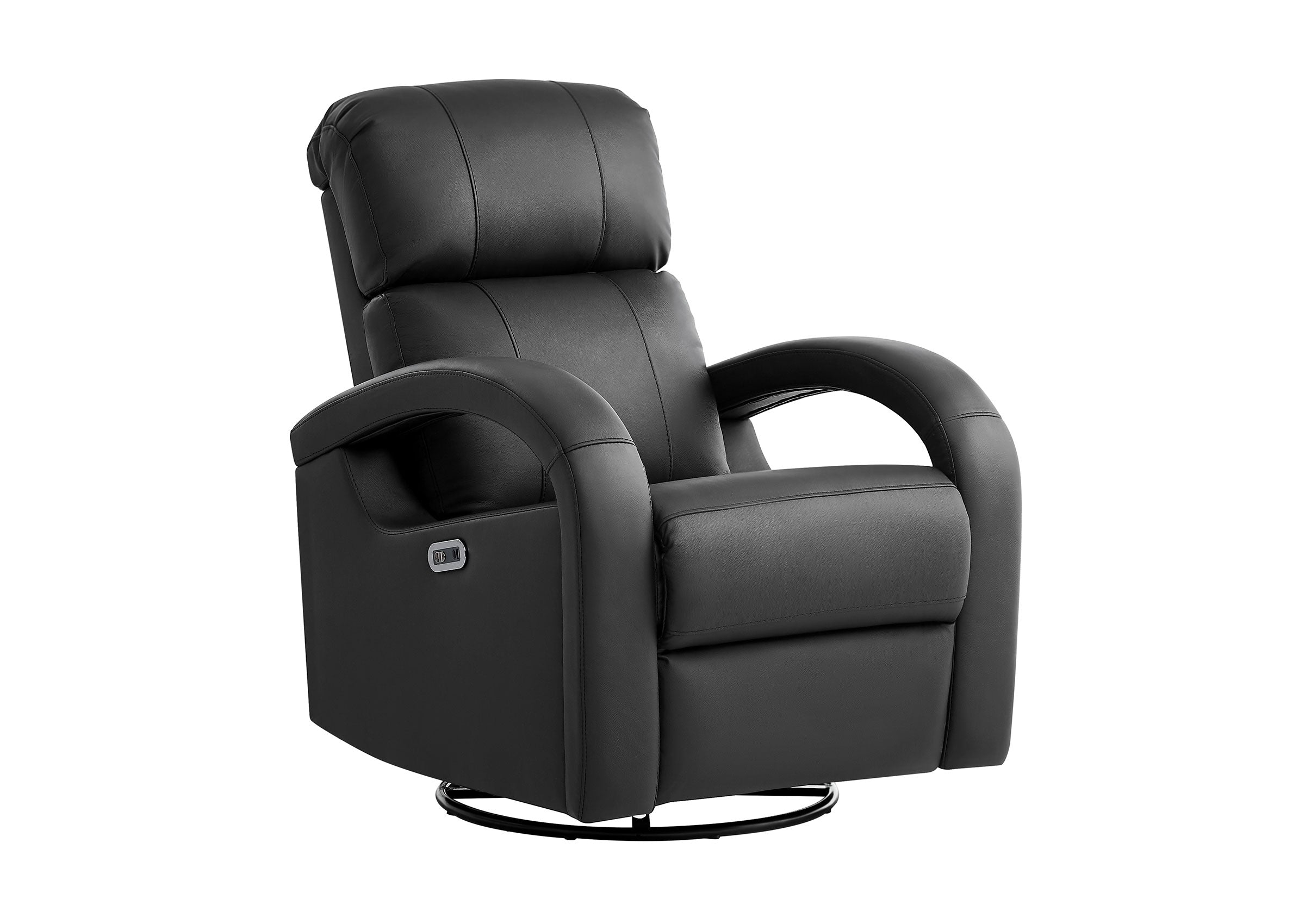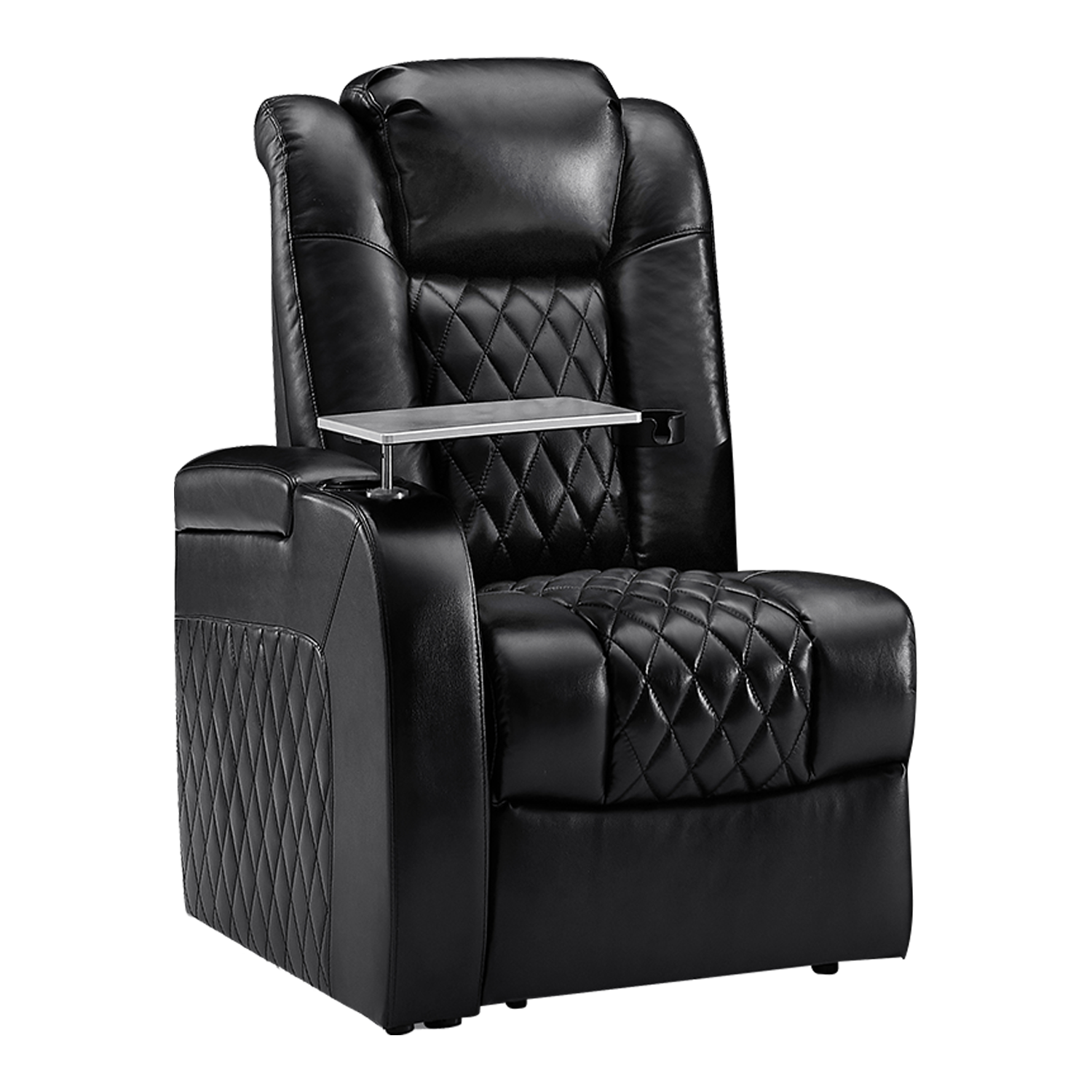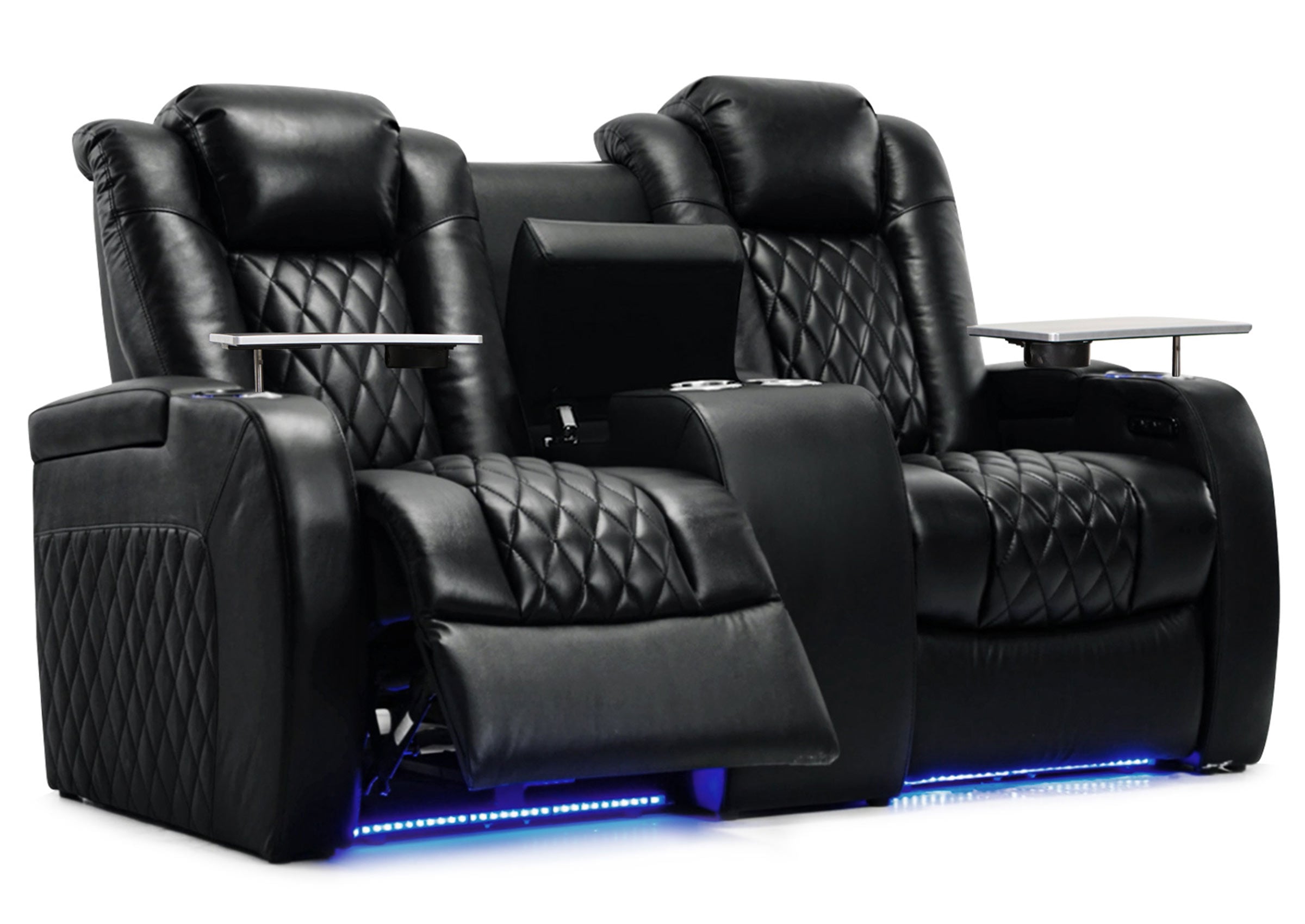A great leather sofa can anchor a room. It's a classic piece that's both comfortable and stylish, often becoming the best seat in the house. But that beautiful leather needs care. Without it, the supple material can start to dry out, fade, and eventually develop ugly cracks, cutting short the life of a piece meant to last for years.
What Drains the Life from Leather
Leather is essentially a natural skin, and just like our own skin, it needs moisture to stay flexible and soft. It contains a delicate balance of natural oils that keep its fibers strong and pliable. When those oils dry up, the leather gets stiff and brittle. Once it loses its ability to flex, it cracks under the simple stress of someone sitting down.
Everyday things in your home are often the biggest culprits. Dry air from your heater in the winter or your AC in the summer is constantly pulling moisture out of the leather. Direct sunlight or placing the sofa too close to a heat vent basically bakes it dry over time. Even using the wrong cleaning products—especially anything with harsh chemicals or alcohol—can strip away those essential oils and cause permanent damage. The key to a long-lasting sofa isn't some big secret; it's just about putting back the moisture that your environment takes out.
A Simple 4-Step Conditioning Process
Giving your living room sofa a deep conditioning treatment sounds like a big project, but it's a straightforward process that makes a world of difference. Following these steps will get the best results and bring a tired-looking sofa back to life.
1. Start with a Clean Surface
You can't condition a dirty sofa. Dust, crumbs, and everyday grime build up in the grain and block the conditioner from soaking in properly. First, vacuum the whole piece, using the soft brush attachment to get into all the seams and crevices. Next, wipe everything down with a soft, clean cloth that's been lightly dampened with warm water. For tougher spots, a pH-neutral cleaner made specifically for leather is your best bet. No matter what you use, always test it on a hidden spot first—like on the back or underneath a cushion—to make sure it doesn't affect the color. Let the sofa air dry completely before moving on to the next step.

2. Pick the Right Conditioner
Walk down the cleaning aisle and you'll see tons of leather care products. Ignore the flashy labels and look at the ingredients. Good conditioners are usually creams or lotions made with natural fats and waxes, like lanolin or beeswax. These are the ingredients that actually replenish the oils leather loses over time and create a flexible, protective seal.
Try to stay away from products that contain silicone or petroleum distillates. They might make the sofa look shiny for a day, but they seal off the leather's pores and can make it brittle down the road. For general upkeep on a sofa in good shape, a light lotion is fine. If your sofa is looking particularly thirsty and dry, go for a richer, heavier cream conditioner.

3. Apply It Gently and Evenly
When you're ready to apply the conditioner, remember that a little goes a long way. Put a small amount on a soft cloth or applicator sponge and work it into the leather using gentle, circular motions. It's best to tackle the sofa one section at a time—do one cushion, then the next—to make sure you get even coverage. Pay extra attention to the spots that get the most wear, like the seats and armrests, as these areas dry out the fastest. You don't need to rub hard; just a light, steady pressure is all it takes to work the product in.

4. Let It Soak In, Then Buff It Out
Now for the easy part: waiting. The conditioner needs time to soak deep into the leather's pores. Let it sit for at least a few hours, or even overnight if you can. This is when the magic happens, as the oils rehydrate the material from the inside out. Once the conditioner has been fully absorbed, you might see a slight, cloudy haze on the surface. That's just a little excess product. Take a clean, dry cloth and buff the entire sofa. This simple final step brings out a beautiful, soft sheen and gets rid of any sticky feeling, leaving the leather looking and feeling fantastic.

Making It Last: 5 Simple Habits for Daily Care
Deep conditioning is your main tool, but a few good habits will make its effects last much longer and keep your sofa in great shape year-round.
- Keep It Out of the Sun: Direct sunlight is a killer for leather. If you can, place your sofa where it won't get hit with harsh rays for hours every day. If you can't, at least use curtains or blinds to protect it.
- Watch the Heat: Keep your sofa at least a couple of feet away from radiators, fireplaces, and heating vents. Constant, direct heat will dry it out faster than anything.
- Balance the Air: Heaters and ACs dry out the air in your home, and your sofa feels it. Running a humidifier in the room, especially during very dry seasons, helps keep the leather from getting parched.
- Dust It Off: Give the sofa a quick wipe-down with a dry cloth every week or so. This stops tiny dust and dirt particles from grinding into the surface and causing microscopic scratches.
- Handle Spills Quickly: If you spill something, blot it up immediately with an absorbent paper towel. Don't rub, which just spreads the mess and pushes it deeper into the leather.
A Little Care Goes a Long Way
A leather sofa is a big purchase, and taking care of it is what makes that investment pay off. This routine isn't a difficult chore; it's a simple way to protect the furniture you love. A little bit of attention every few months will keep your sofa looking and feeling great, ensuring it remains a comfortable, beautiful centerpiece in your home for years to come. Choosing the right sofa type from the beginning ensures your furniture investment aligns with your lifestyle and maintenance preferences.


































